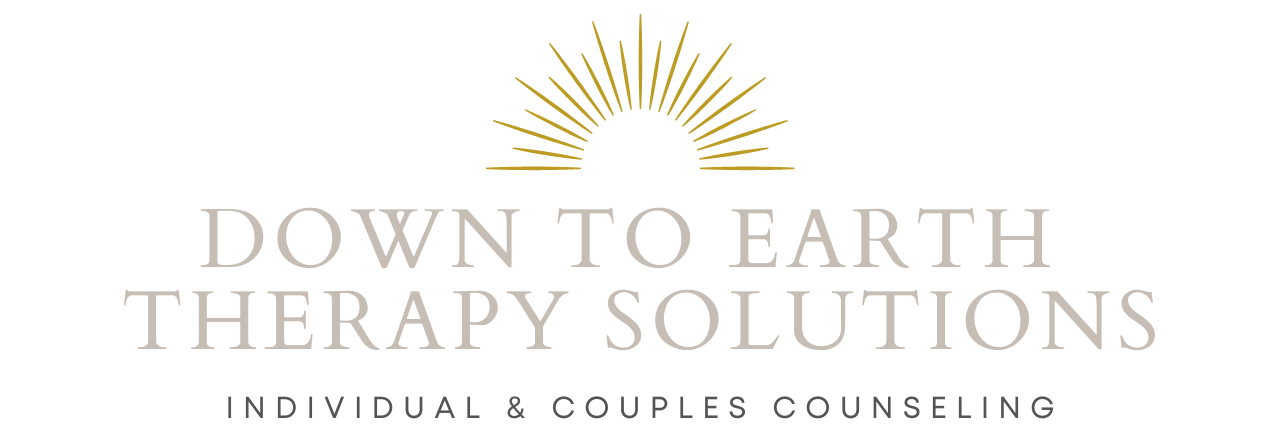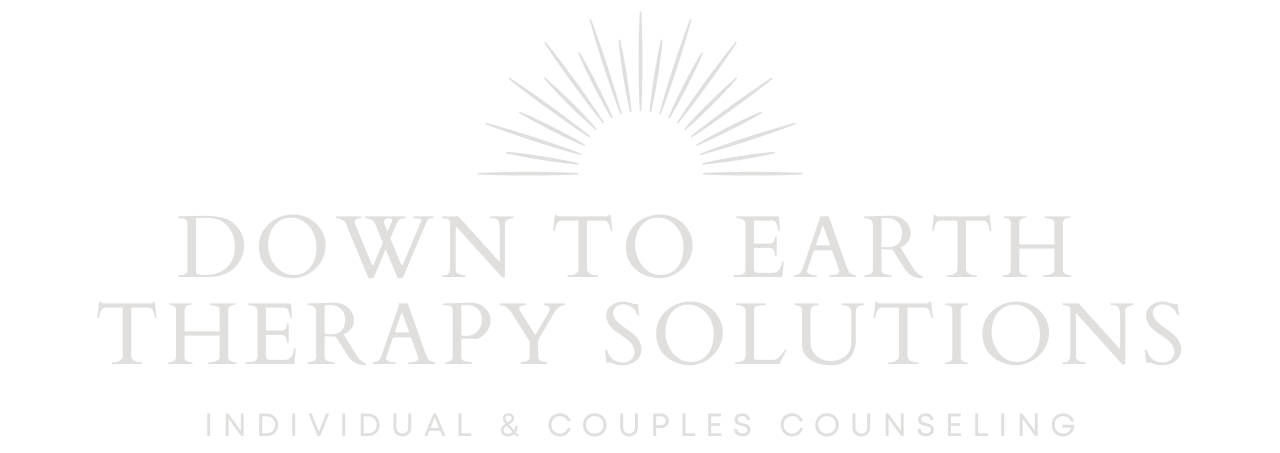Building and maintaining healthy boundaries is vital not just for your relationships but for your own personal peace, well-being, and mental health. If you find yourself constantly saying yes and feeling uncomfortable or taken advantage of in your interactions with others, it may be time to reassess and start setting strong boundaries daily. Re-establishing boundaries or creating new ones can be intimidating and daunting, to say the least. It can lead to feeling like you’re being “mean” or “hurting others’ feelings” in the quest to find some balance. It’s important to recall that a boundary is a guideline on how you will be treated. This means how you intend to treat yourself and what behaviors you intend to do to keep your boundary. Your boundary is your responsibility, and that means it’s your responsibility to verbally let others know your boundary and then it is your responsibility to uphold that boundary moving forward. Telling someone your boundary and expecting them to change will lead you to feel the same way. Telling someone your boundary and then following through with holding it is creating changed behavior for you. This is all very vague and general. How about some examples of boundaries?
Here is an example of a boundary where I expect someone else to respect or treat me the way I feel I deserve:
- I don’t like being called names when we disagree. You need to stop doing that.
The first sentence sets the pace for the boundary. Name-calling is not okay, especially when arguing or disagreeing. It’s not going to help resolve the situation and can often lead to resentment in relationships. The second statement is where we can work on reframing. This statement is telling someone what they need to do, not what I plan to do moving forward.
Healthy Boundary example:
- I don’t like being called names when we disagree. If that happens in a future argument, I’m not going to continue to engage, and we can table that conversation for another time.
Again, the first sentence sets the pace for the boundary. The second statement lets the other person know how I will be handling this moving forward. I don’t like being called names, so I’m not going to continue in a conversation where I feel disrespected, and this is what I am going to do.
Of course, this is just an example of how to be able to set a specific boundary, and it’s easier said than done. Most people, when enforcing new boundaries, feel that they are somehow hurting the other person’s feelings doing this and will often avoid these steps to create a healthy balance within relationships. Knowing that this is a tough process can help with easing the immediate feelings you have when enforcing a boundary.
Here are some general steps to help guide you in this process when deciding on setting strong boundaries daily:
- Identify your boundary
Start by identifying what your boundaries are. Think about past situations where you’ve felt uncomfortable or taken advantage of. What specific behaviors or requests crossed from comfortable to uncomfortable for you? This could include anything from constantly being asked for favors to feeling pressured into agreeing with others. - Acknowledge your feelings
Recognize that not all feelings are the warm fuzzy ones, and it’s okay to feel uncomfortable or stressed when your boundaries are being pushed. Your feelings are important indicators that something needs to change in your interactions. Trust yourself and your instincts. - Communicate clearly
Once you’ve identified your boundaries and acknowledged your feelings, communicate them clearly to the people in your life. Choose a calm and private setting to discuss your concerns. Use “I” statements to express how you feel without blaming others. Own your feelings and what behaviors you are going to do to help this situation. - Be consistent and firm
It’s important to be firm and consistent in upholding your boundaries. This may mean saying no to requests that exceed your comfort level or declining invitations that you’re not genuinely interested in. Remember, setting strong boundaries daily is not about being selfish—it’s about taking care of yourself so you can be there for others in a sustainable way. Don’t give excuses to changing the boundary “this one time.” This tends to lead to patterns of making excuses for others and how they feel rather than putting your feelings first. - Practice self-care
Self-care is essential when establishing boundaries, and essentially boundaries are a form of self-care for your peace. Take time to reflect on what you need to feel supported and balanced. This might involve engaging in activities you enjoy, spending time with supportive friends or family members, or seeking professional guidance if needed. - Evaluate and readjust if needed
Every few months, evaluate how your new set of boundaries is working for you. Are you feeling more comfortable and respected in your interactions? Are there any adjustments you need to make? Boundaries may evolve over time, so stay attuned to your needs and make adjustments as necessary. - Seek support
If you’re struggling to set boundaries or feel overwhelmed, ask for help. Seek support from a trusted friend, family member, or therapist. They can provide encouragement, perspective, and practical advice as you navigate this process.
Creating healthy boundaries in your support system is a journey that requires self-awareness, assertiveness, and compassion for yourself and others. By clearly defining your limits, communicating them effectively, and prioritizing your well-being, you can cultivate relationships that are mutually respectful and fulfilling. Remember, setting strong boundaries daily enables you to be a better source of support for others in the long run.




